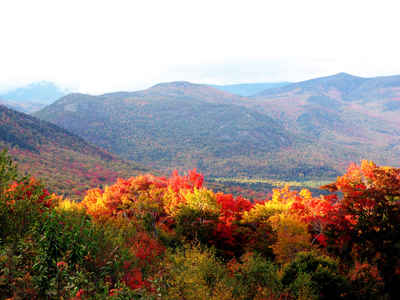New Hampshire Counties
There are currently ten Counties in the state of New Hampshire. Five of the counties were created in 1769, when New Hampshire was still an English colony and not a state, during the first subdivision of the state into counties. The last counties created were Belknap County and Carroll County, in 1840.New Hampshire Counties: History and Information
Find a brief history of New Hampshire Counties
New Hampshire was named in 1629 by Captain John Mason of Plymouth Council for his home county in England. Algonquian-speaking peoples, including the Pennacook, lived in the region when the Europeans arrived. The first explorers in the area were England's Martin Pring in 1603 and France's Champlain in 1605. The first settlement was established at Odiorne's Point (now the port of Rye, New Hampshire).
Native American conflicts were ended in 1759 by Robert Rogers' Rangers. In 1774, before the American Revolution, New Hampshire residents seized a British fort at Portsmouth, and drove out the royal governor. In 1776 New Hampshire was the first colony to adopt its own constitution. Three regiments served in the Continental Army, and scores of privateers raided British shipping. New Hampshire did not adopt a state flag until 1909. Prior to that time, numerous regimental flags served to represent the state. The New Hampshire flag consists of the state seal centered on a blue field and surrounded by a wreath of laurel leaves with nine stars interspersed. New Hampshire was the ninth of the original thirteen states to ratify the Constitution
| Find a brief history of New Hampshire Counties | ||||
|---|---|---|---|---|
| County | 2000 Population |
Square Miles |
County Seat | Created |
| Belknap County | 56,325 | 401 | Laconia | 1840 |
| Carroll County | 43,666 | 934 | Ossipee | 1840 |
| Cheshire County | 73,825 | 708 | Keene | 1769 |
| Coos County | 33,111 | 1,801 | Lancaster | 1803 |
| Grafton County | 81,743 | 1,714 | North Haverhill | 1769 |
| Hillsborough County | 380,841 | 876 | Nashua | 1769 |
| Merrimack County | 136,225 | 934 | Concord | 1823 |
| Rockingham County | 277,359 | 695 | Brentwood | 1769 |
| Strafford County | 112,233 | 369 | Dover | 1769 |
| Sullivan County | 40,458 | 537 | Newport | 1827 |






